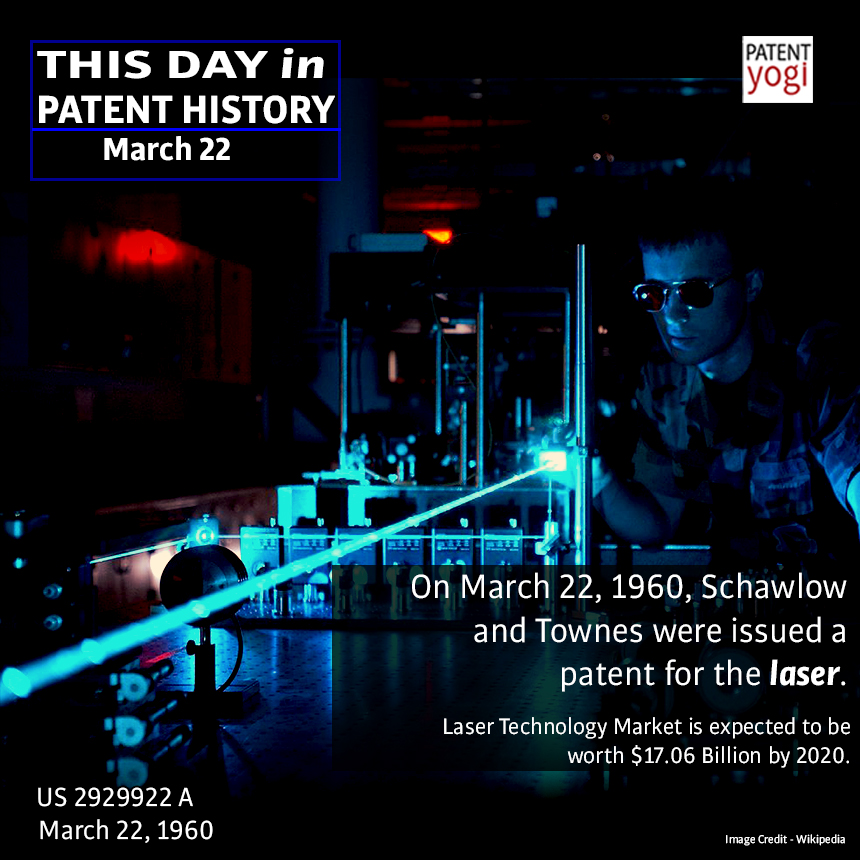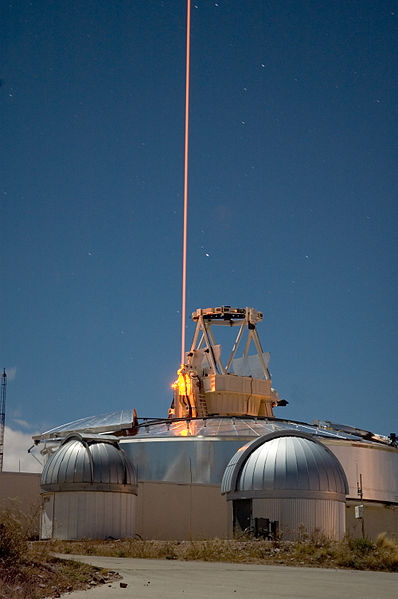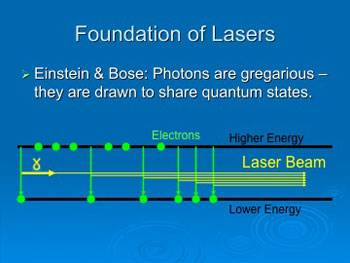
ESO Very Large Telescope (VLT) atop Cerro Paranal, a 2600-metre high mountain, located some 120 km south from Antofagasta, in the Atacama Desert of Chile.
In a paper published in 1917, Einstein described a theory of stimulated emission, establishing the underlining principle behind the MASER (Microwave Amplification by Stimulated Emission of Radiation) and LASER (Light Amplification by Stimulated Emission of Radiation). Einstein theorized that electrons could be stimulated to emit light of a particular wavelength. However, it took over 30 years for scientists and engineers to prove his theory correct.
In 1950’s, Charles Townes, a scientist at Columbia University, began work focused on harnessing energy by utilizing the principal of stimulated emission. By 1953, Townes produced the first maser, which was the first device developed based on Einstein’s theory and the precursor to the laser.
Operating pricinple of LASER
In 1957, Charles Townes continued his work with the theory of stimulated emission and began to investigate visible light amplification. Townes began working with Arthur Schawlow at Bell Labs where they developed a concept called an “optical maser”. In 1958, Bell Labs filed a patent application for the optical maser. In March 1960, Townes and Schawlow were granted a patent for the optical maser, which today is called a laser.
A laser differs from other sources of light in that it emits light coherently. Spatial coherence allows a laser to be focused to a tight spot, enabling applications such as laser cutting and lithography. Spatial coherence also allows a laser beam to stay narrow over great distances (collimation), enabling applications such as laser pointers.

Lasers also have high temporal coherence, which allows them to emit light with a very narrow spectrum, i.e., they can emit a single color of light.

Lasers are used widely today. Some prominent applications include optical disk drives, laser printers, and barcode scanners; fiber-optic and free-space optical communication; laser surgery and skin treatments; cutting and welding materials; military and law enforcement devices for marking targets and measuring range and speed; and laser lighting displays in entertainment.
Laser Technology Market is expected to be worth $17.06 Billion by 2020.
Source: Intellectual Ventures Laboratory; Wikipedia
Patent Information
Publication number: US2929922 A
Patent Title: Masers and maser communications system
Publication date: 22 Mar 1960
Filing date: 30 Jul 1958
Priority date: 30 Jul 1958
Inventors: Schawlow Arthur L, Townes Charles H
Original Assignee: Bell Telephone Labor Inc


